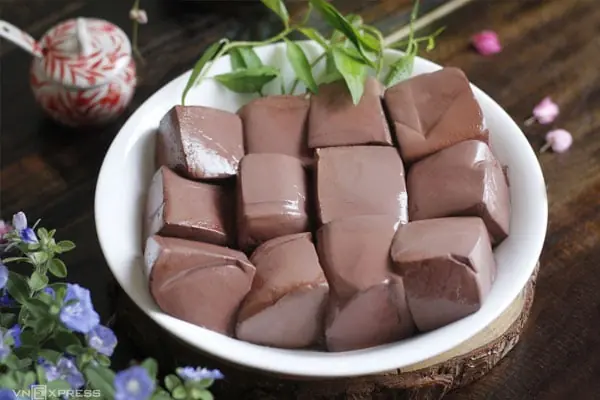
4 Vegetables Easily “Treated” with Chemicals
4 Vegetables Easily “Treated” with Chemicals: The Prettier They Look, the More Harmful They May Be
When buying vegetables at the market, don’t be fooled by their bright and attractive colors. Some of the most beautiful-looking produce may have been soaked in chemicals.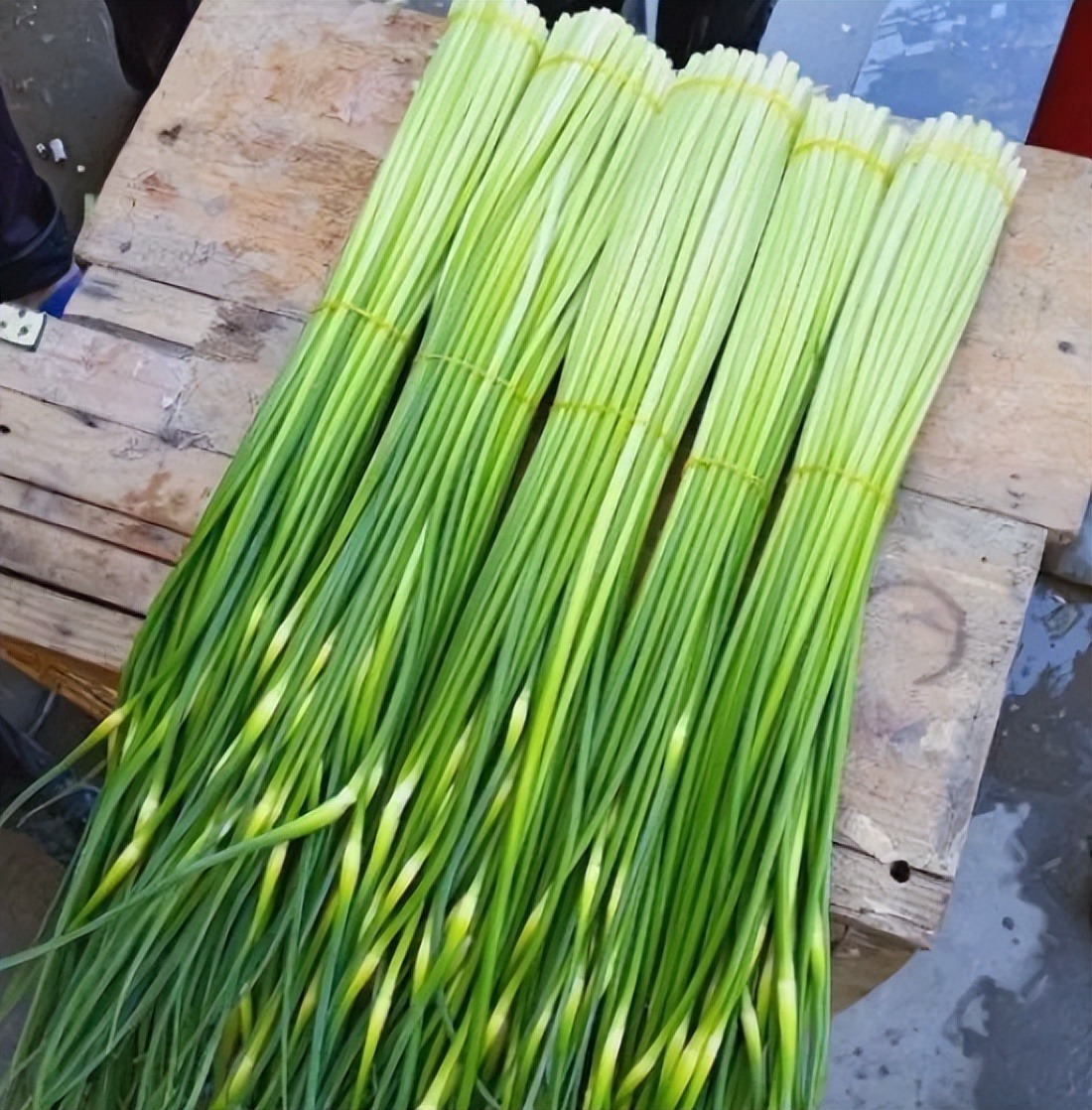
Fresh, eye-catching vegetables don’t always guarantee safety. To keep them looking green or extend their shelf life, many vendors may resort to chemical treatments. Among them, there are 4 types of vegetables that are most often suspected of being treated with chemicals—you should be aware to avoid bringing hidden dangers to your meals.
1. Wild Rice Stem
This vegetable is quite popular in China, especially in the southern provinces. It is actually the swollen stem of the wild rice plant (Zizania latifolia), formed through symbiosis with a type of fungus. Thanks to its mildly sweet and crisp taste, it is often stir-fried, cooked in soup, or braised with meat.
In Vietnam, wild rice stem also grows naturally in ponds and swamps in the North, but it is not commonly found in markets. Occasionally, during its season, it is sold in Hanoi at a high price, mainly catering to those who enjoy trying exotic vegetables. Naturally grown stems usually have an ivory-white or pale green color, with small dark speckles—signs of natural growth. In contrast, if the stems appear unusually pure white and glossy, they may have been soaked in chemicals to enhance their appearance. These treated stems often taste slightly bitter, are less enjoyable, and may pose health risks.
2. Bean Sprouts
Bean sprouts are a common ingredient in many family meals. Naturally grown sprouts usually have long roots, a yellowish or slightly green hue, and uneven stems. On the other hand, overly white, thick sprouts with no roots are likely grown with chemical stimulants, root inhibitors, or bleaching agents. While they look more appealing, they carry hidden health risks.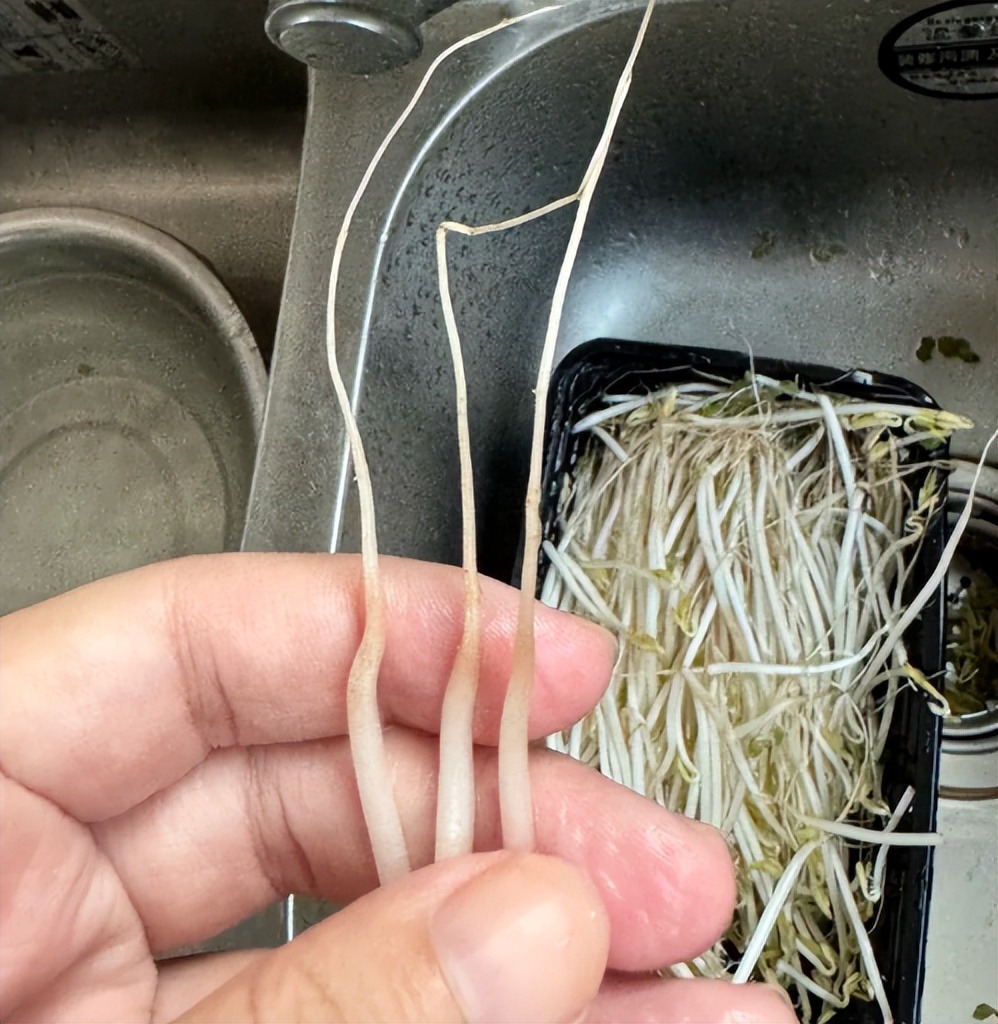
3. Garlic Scapes
Garlic scapes are the flower stalks of garlic bulbs, usually available only in late spring to early summer. If you find them being sold year-round, they may have been treated for preservation. Some vendors may spray or soak scapes with preservatives to prevent mold before storing them in cold warehouses for gradual sale. These treated scapes may look fresh but lack natural flavor and could contain harmful residues.
4. Lotus Root
Since lotus roots grow in mud, when harvested, they are usually covered with soil, with a dark outer skin and many natural spots. If you see roots that are perfectly white, clean, and spotless, be cautious. They may have been soaked in mild acids like diluted lemon water or even chemical bleaching solutions to maintain a bright appearance. While they may look appealing, their nutritional value is reduced, and frequent consumption is unsafe.
News in the same category


An 8-Year-Old Girl Complained of “Sto.mach Pain” Every Friday Afternoon

Eating Eggs Can Be Harmful for These 5 Groups of People: Better Stay Away!
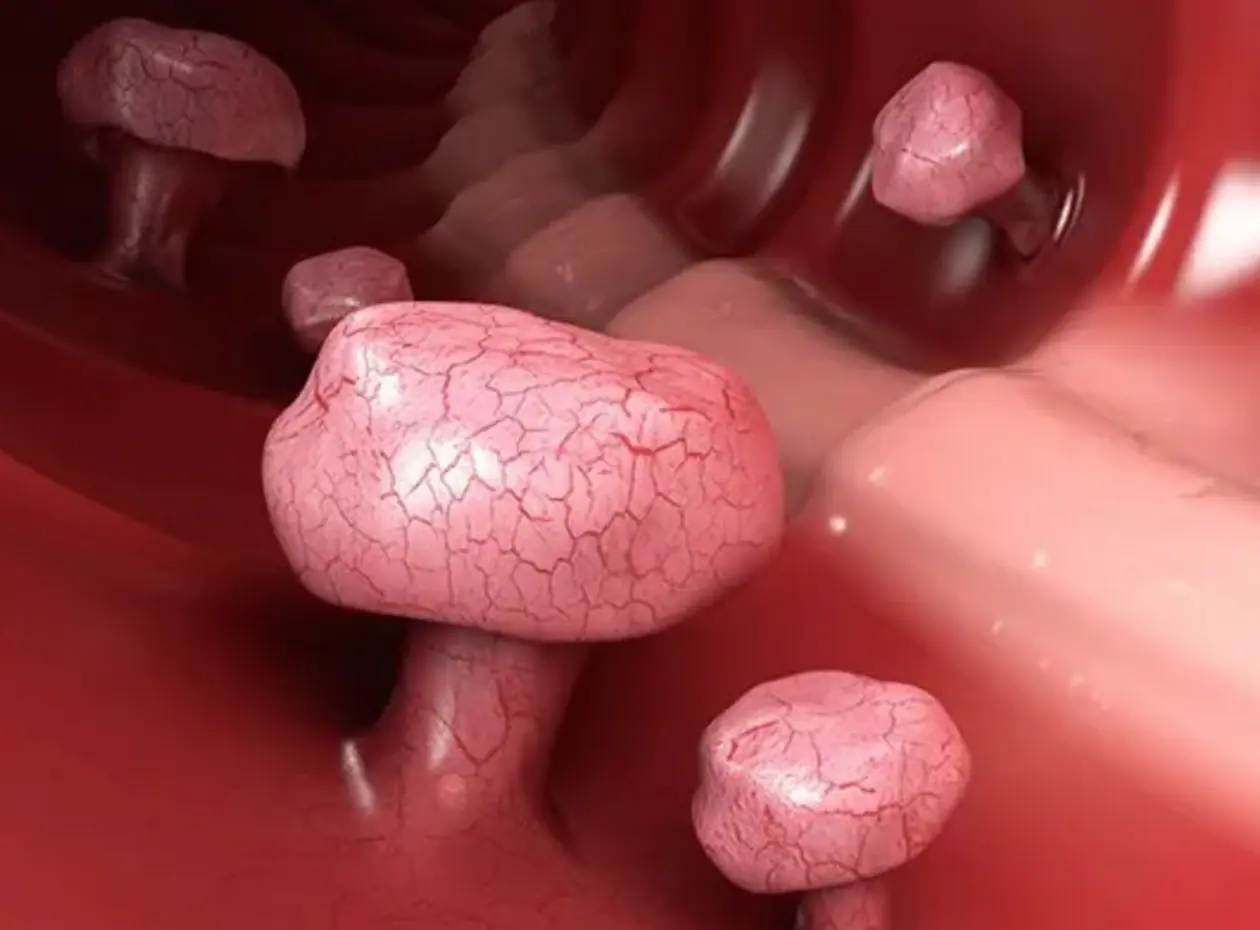
Early detection colon polyps: The key to effective can.cer prevention

Think it’s harmless? The risks of wearing bras to sleep might surprise you

What dise:ase is gr.oin pa.in a symptom of?
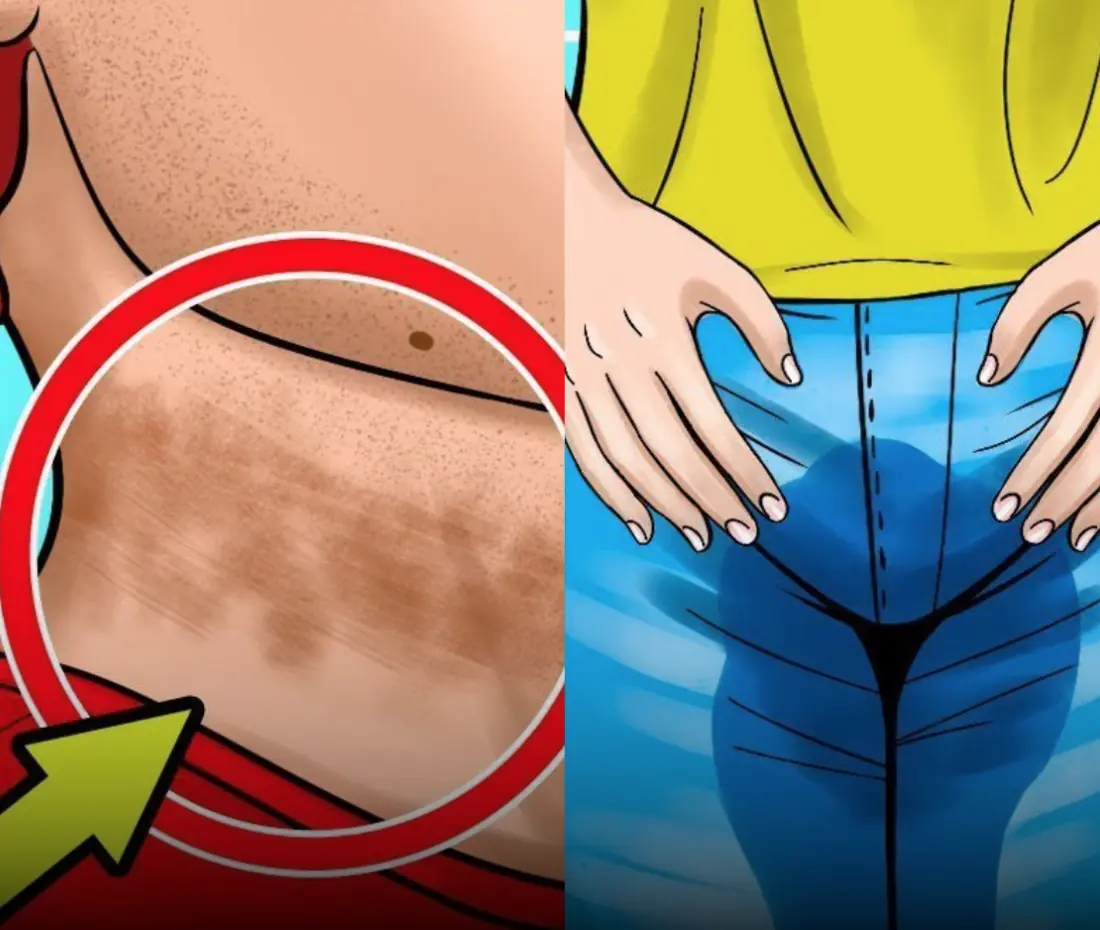
These 10 symptoms indicate latent diabetes

What sleeping on the left side does for our brain, stomach and lymphatic health
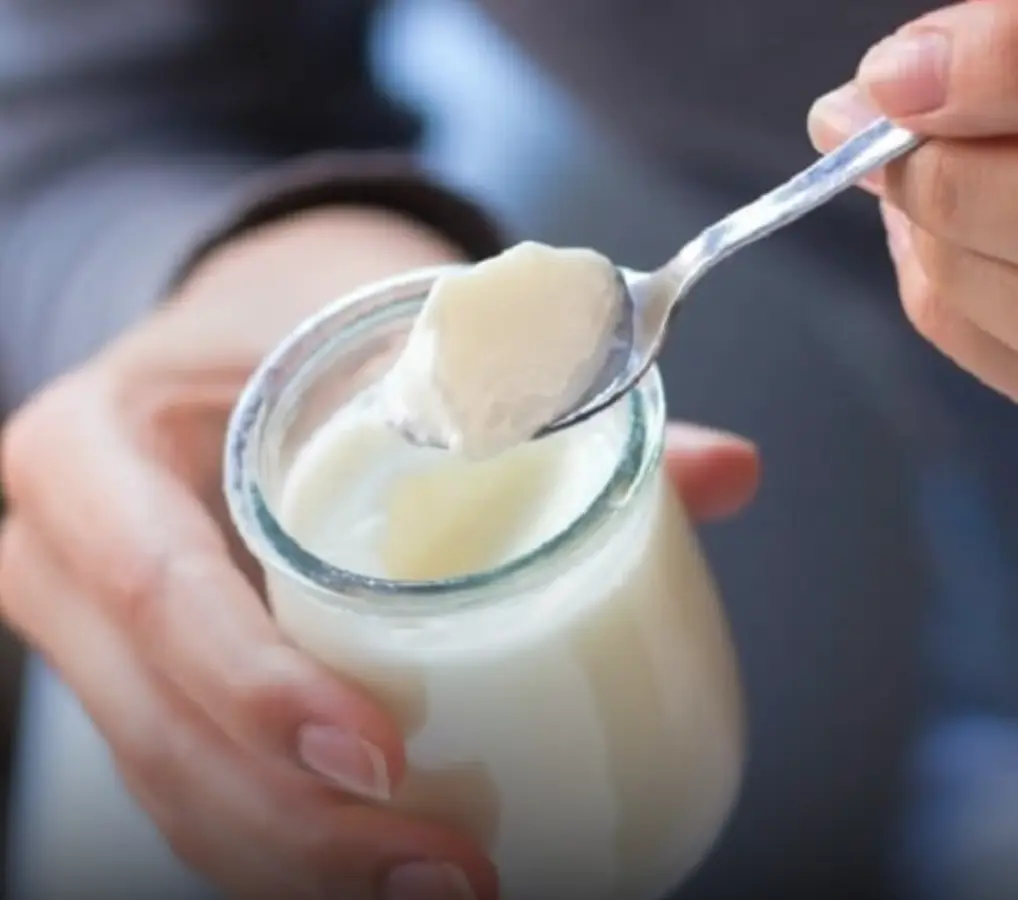
Eating yogurt with these 5 mistakes can bring more dis.eases into your body

8 foot massage points that help relieve issues

7 subtle symptoms that could signal serious health problems

The 5 ‘silent’ can:cer signs you might miss on your nails

Warning about the habit of "welcoming" can:cer into the body, many people know but still do it

4 Types of Plants That Snakes Are Crazy About
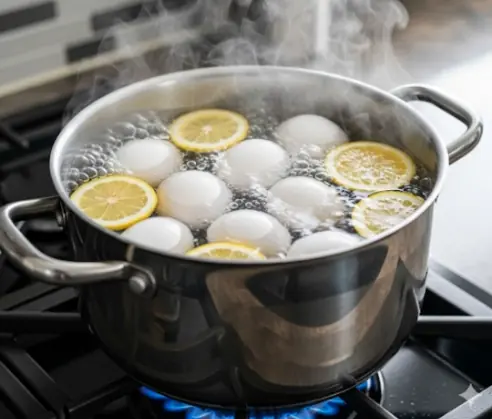
Boiling Eggs with Just Water is Not Enough
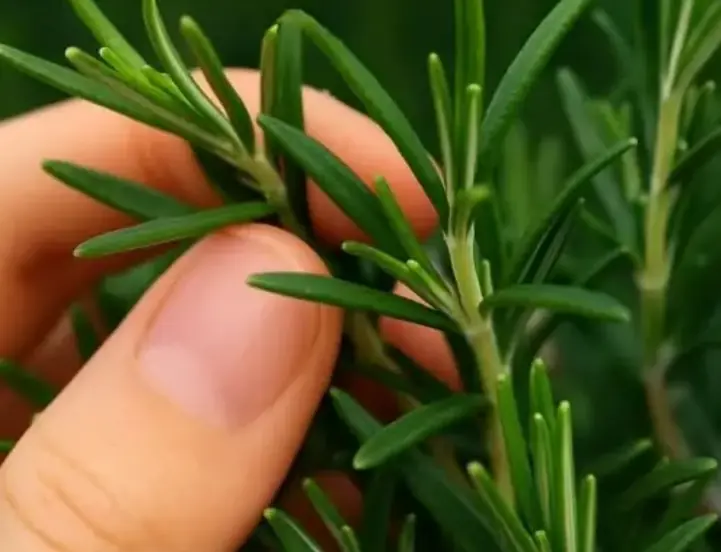
Discover the Power of Rosemary: Nature’s Potent Pain Reliever & Healing Herb

Doctors Urge: Stop Eating These 6 Foods That Fuel Cancer Growth

10 Warning Signs of Stroke One Month Before - Unbelievable Signs... Revealed!
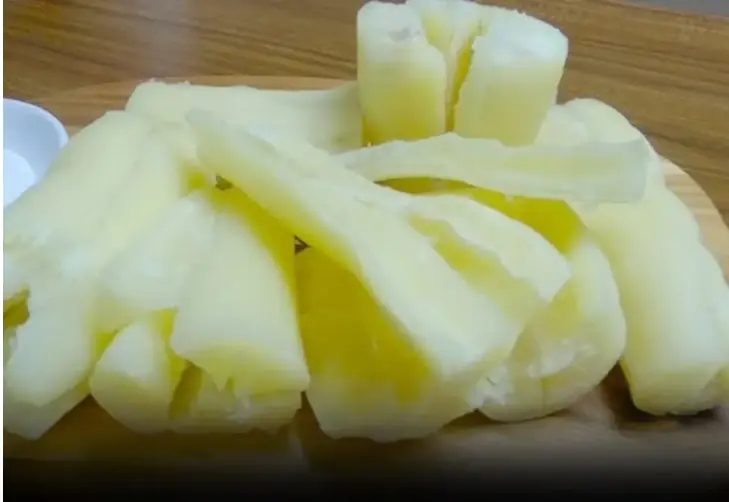
Over 200 People Are Killed By The “World’s Deadliest Food” Every Year
News Post

The Part of the Pig Often Dismissed as “Dirty” and Thrown Away: Turns Out It’s a “Miracle Food” with 10 Times More Iron Than Meat

An 8-Year-Old Girl Complained of “Sto.mach Pain” Every Friday Afternoon

Eating Eggs Can Be Harmful for These 5 Groups of People: Better Stay Away!

Early detection colon polyps: The key to effective can.cer prevention

Think it’s harmless? The risks of wearing bras to sleep might surprise you

What dise:ase is gr.oin pa.in a symptom of?

These 10 symptoms indicate latent diabetes

What sleeping on the left side does for our brain, stomach and lymphatic health

Eating yogurt with these 5 mistakes can bring more dis.eases into your body

8 foot massage points that help relieve issues

7 subtle symptoms that could signal serious health problems
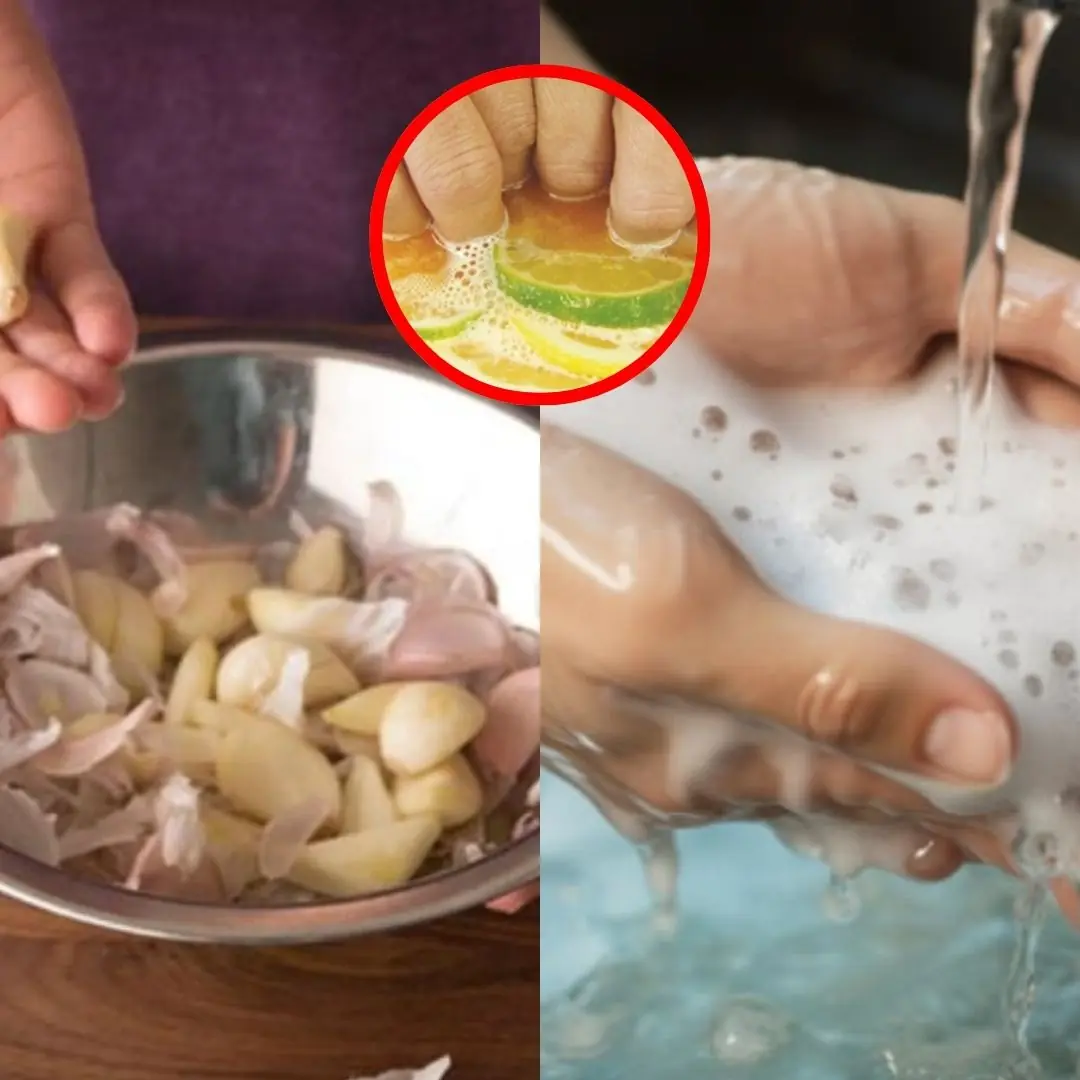
Struggling with garlic or onion smell on your hands? Try this simple trick—1 minute and it’s gone!
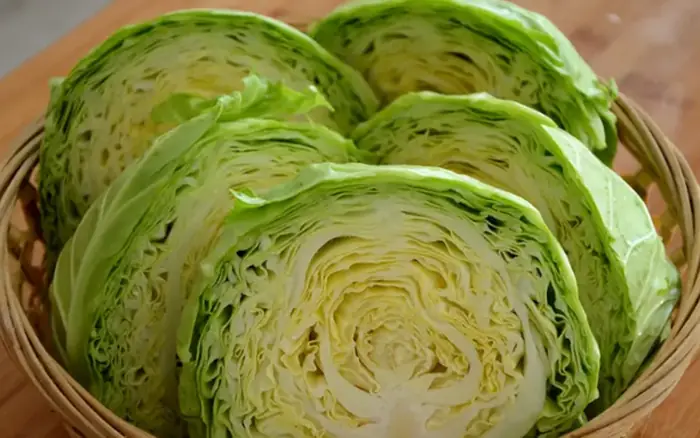
Tightly Wrapped or Loose Cabbage – Which Tastes Better?

The 5 ‘silent’ can:cer signs you might miss on your nails

Warning about the habit of "welcoming" can:cer into the body, many people know but still do it

4 Types of Plants That Snakes Are Crazy About

Boiling Eggs with Just Water is Not Enough

Discover the Power of Rosemary: Nature’s Potent Pain Reliever & Healing Herb
